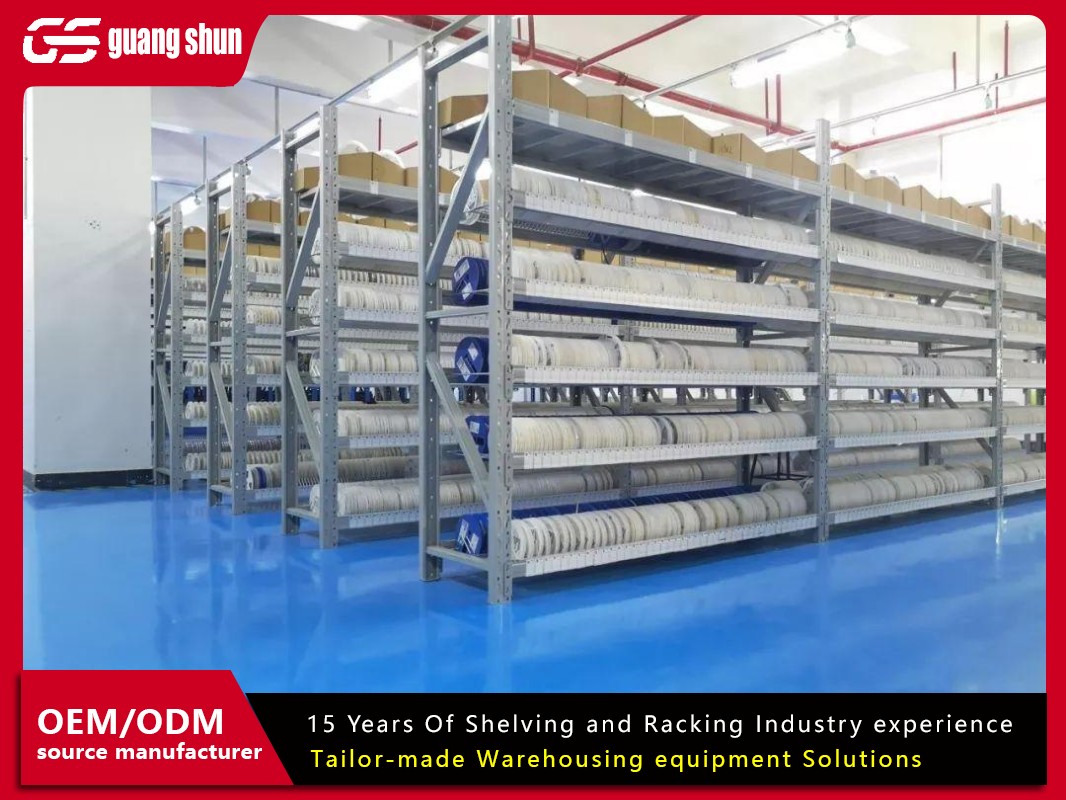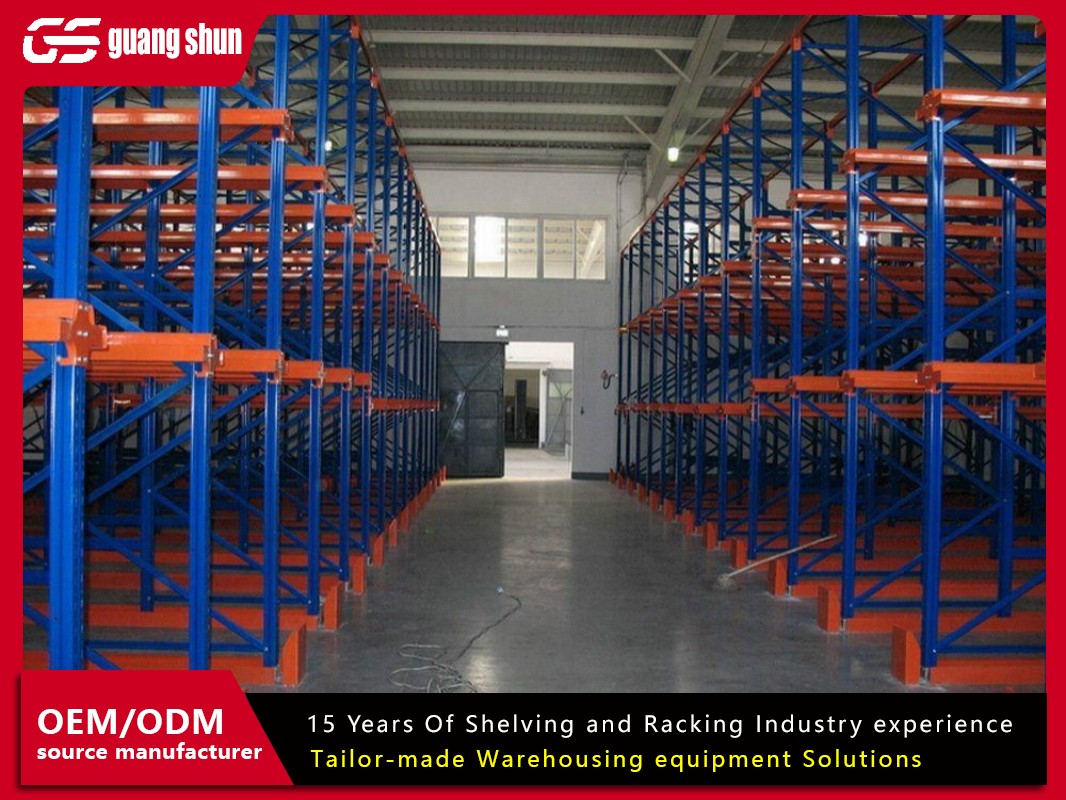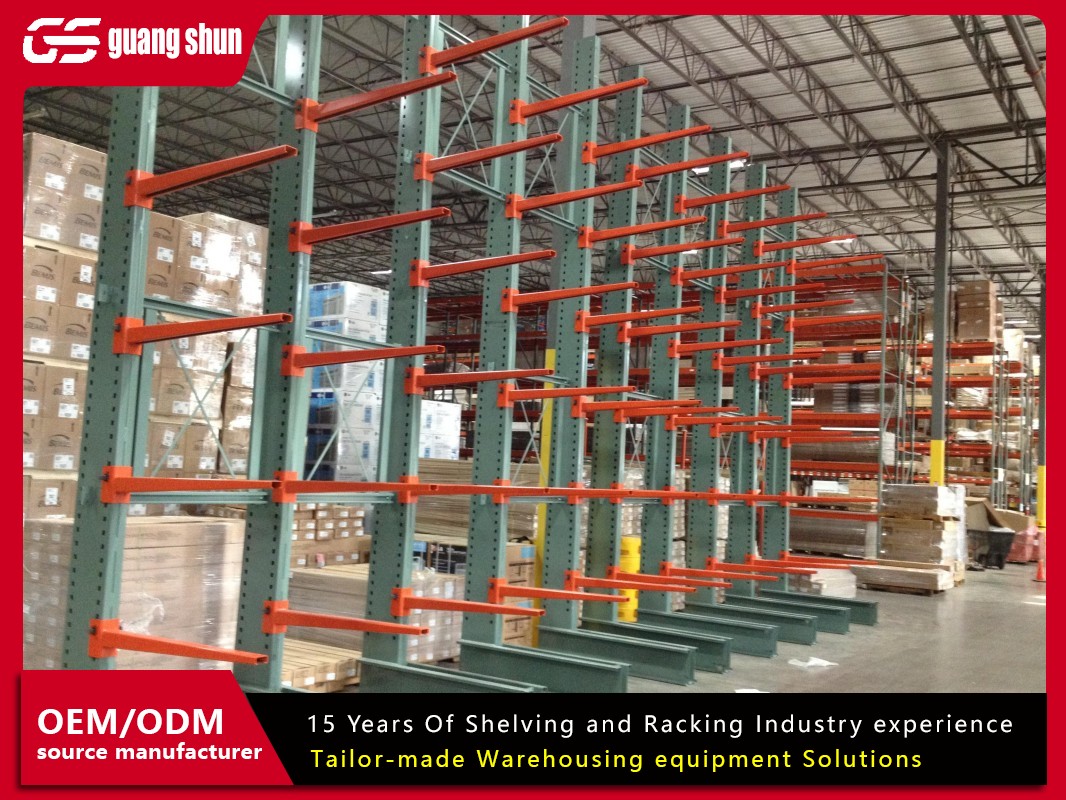Imagine a storage system where products flow seamlessly from the receiving end to the dispatch point, almost as if by magic. This isn't futuristic automation; it's the practical, intelligent reality of Durchlaufregale. For businesses burdened by inefficient picking processes and wasted space, understanding this dynamic storage solution can be a game-changer. Also known as flow-through racking or gravity flow racks, Durchlaufregale represent a pinnacle of lean logistics design. This article dives deep into seven key aspects of Durchlaufregale, explaining how they function, their core benefits, and the specific operational challenges they solve, empowering you to decide if they are the right fit for your facility.
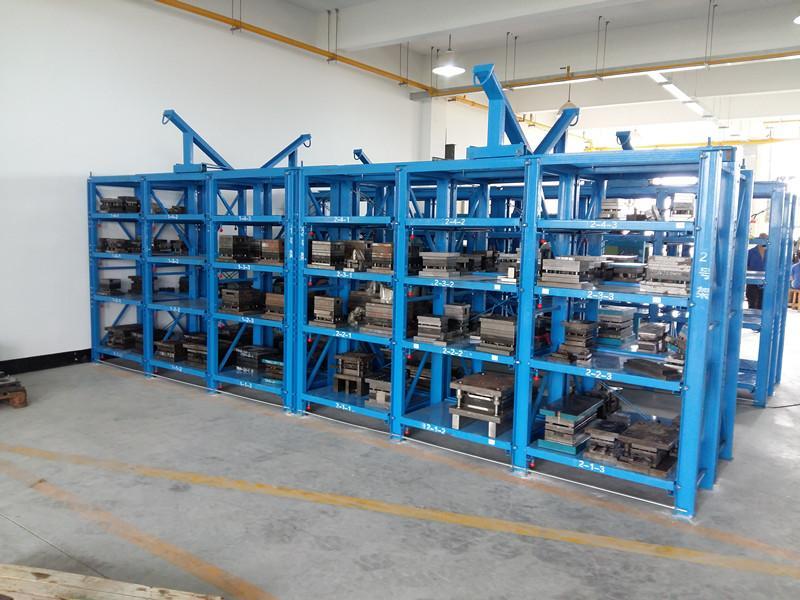
What Exactly Are Durchlaufregale? The Core Principle Explained
At its heart, a Durchlaufregale system is a high-density, dynamic storage solution that utilizes gravity to move pallets or cartons from the loading end to the unloading end. Unlike traditional static shelving where items remain in one place until manually retrieved, Durchlaufregale are designed for continuous movement. The system consists of inclined roller or wheel tracks housed within a robust steel frame. Pallets or boxes are loaded onto the higher end of these tracks. Guided by gravity, they then gently flow down the incline until they are stopped by a stopper at the picking face. This creates a perfect First-In, First-Out (FIFO) inventory management system, ensuring that the oldest stock is always accessed first. This fundamental principle is what makes Durchlaufregale so effective for perishable goods or items with expiration dates.
The Inner Workings: How Durchlaufregale Systems Operate
Understanding the mechanics is crucial to appreciating their efficiency. A typical pallet Durchlaufregale setup includes several key components:
Inclined Tracks: These are the backbone of the system, set at a slight decline (typically 3-5%). They are fitted with low-friction rollers or wheels that allow the pallets to slide smoothly.
Braking Systems: To prevent pallets from gaining excessive speed and crashing into each other, integrated speed controllers or brakes are installed at strategic points. These ensure a controlled, safe flow of materials.
Loading and Unloading Zones: The rear of the system is the loading bay, where full pallets are placed onto the tracks. The front is the dedicated picking face, where operators have easy, ergonomic access to retrieve items.
Separation and Stopping Devices: At the picking face, automatic stoppers hold the first pallet in position. Once it is removed, the next pallet automatically flows forward to take its place, eliminating any waiting or search time for the operator.
This automated flow minimizes human intervention in the material movement process, allowing workers to focus solely on the value-added task of picking.
Top 5 Compelling Advantages of Implementing Durchlaufregale
Integrating Durchlaufregale into a warehouse offers a multitude of tangible benefits that directly impact the bottom line.
Dramatic Increase in Picking Efficiency: By bringing the products directly to the operator, Durchlaufregale drastically reduce walking and searching time. Studies and practical applications often show picking productivity increases of 30% or more.
Optimal Space Utilization: These systems make use of both the cube of the warehouse and the footprint. By eliminating multiple aisles required for traditional shelving and enabling deeper storage lanes, Durchlaufregale can increase storage density by up to 60% compared to static shelving.
Guaranteed FIFO Inventory Management: For industries like food and beverage, pharmaceuticals, or chemicals, FIFO is not just a preference but a requirement. Durchlaufregale enforce this automatically, reducing the risk of product spoilage and obsolescence.
Enhanced Workplace Safety and Ergonomics: Since heavy pallets are no longer manually moved or reached for with forklifts at the picking face, the risk of accidents is lowered. Operators work at an ergonomic height, reducing physical strain and the potential for injuries.
Reduced Labor Costs: The efficiency gains directly translate into lower labor requirements for the same volume of work. Fewer workers are needed to achieve higher throughput, or the same number of workers can handle a significantly larger volume of orders.
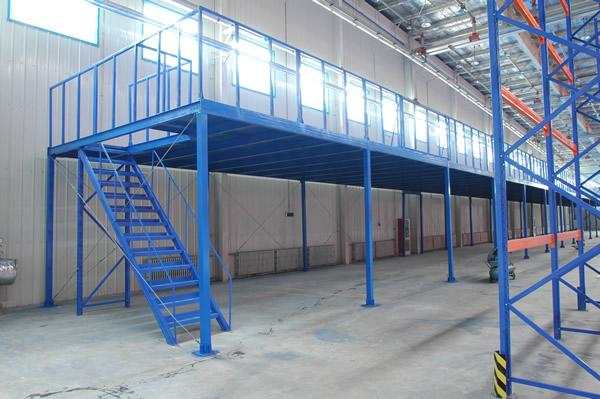
Ideal Applications: Where Do Durchlaufregale Shine?
While versatile, Durchlaufregale are particularly well-suited for specific operational profiles. They excel in environments with:
High-Volume, Fast-Moving SKUs: Products with a high turnover rate are perfect for this system, as the constant flow matches the demand.
Time-Sensitive or Perishable Goods: The inherent FIFO structure is ideal for items with expiration dates, such as packaged foods, beverages, and certain pharmaceuticals.
Batch Production and Order Consolidation: In manufacturing and distribution centers, Durchlaufregale are excellent for consolidating products from different lines into complete orders for shipment.
Cooled or Frozen Warehouses: The efficiency gains are even more critical in temperature-controlled environments where reducing the time operators spend in the cold is a significant advantage.
Key Considerations Before Installing a Durchlaufregale System
Despite their advantages, Durchlaufregale are not a universal solution. A successful implementation requires careful planning around a few critical factors:
Floor Flatness and Strength: The system's inclination relies on a level floor. Furthermore, the concentrated load of multiple full pallets requires a warehouse floor with adequate load-bearing capacity.
Investment vs. ROI: The initial investment for a Durchlaufregale system is higher than for simple pallet racking. A thorough cost-benefit analysis is necessary to justify the expenditure based on projected efficiency and space savings.
SKU Profile and Uniformity: The system works best with a high number of pallets per SKU. It is less efficient for a vast number of slow-moving SKUs where only one pallet is stored at a time. Pallet and load dimensions also need to be relatively uniform for smooth operation.
Maintenance Requirements: While robust, the rollers, wheels, and braking mechanisms require periodic inspection and maintenance to ensure consistent and safe performance.
Durchlaufregale vs. Other Storage Systems: A Quick Comparison
How do Durchlaufregale stack up against other common systems?
Vs. Static Shelving/Pallet Racking: Static systems are cheaper and more flexible for a wide variety of SKUs but are far less efficient for picking and do not enforce FIFO. Durchlaufregale wins on speed and density for the right product type.
Vs. Push-Back Racking: Push-back racking also offers high density and is LIFO (Last-In, First-Out) compatible. Durchlaufregale is superior when strict FIFO is a mandatory requirement.
Vs. Mobile Pallet Racking: Mobile racking offers the highest density but is slower for picking as aisles must be created and closed. Durchlaufregale provides a faster, continuous picking process.
Maximizing the ROI of Your Durchlaufregale Investment
To get the most out of your Durchlaufregale system, strategic management is key. This involves meticulous slotting of products, placing the fastest-moving items in the most accessible flow lanes. Regular cycle counting and inventory audits are easier due to the organized nature of the system but remain essential. Furthermore, training staff on proper loading and unloading procedures ensures safety and maintains the integrity of the equipment. A well-planned and well-managed Durchlaufregale installation will pay dividends for years to come.
Frequently Asked Questions (FAQs) About Durchlaufregale
Q1: What is the main difference between Durchlaufregale and traditional pallet racking?
A1: The primary difference is movement. Traditional pallet racking is a static system where pallets stay in one place and forklifts drive to them. Durchlaufregale is a dynamic system where pallets move via gravity from the loading point to a fixed picking face, creating a continuous flow and enforcing a FIFO inventory system.
Q2: Can Durchlaufregale be used for non-palletized goods?
A2: Absolutely. While often used for full pallets, there are carton-flow versions of Durchlaufregale designed for smaller items in boxes or totes. These are commonly used in order fulfillment centers for piece-picking and are integrated into shelving units.
Q3: Are there any weight limitations for pallets in a Durchlaufregale system?
A3: Yes, each Durchlaufregale system is engineered with specific load capacities per lane and per roller track. It is crucial to consult with an engineer or supplier to design a system that can handle your specific pallet weights safely.
Q4: How safe are Durchlaufregale systems?
A4: When properly installed and maintained, they are very safe. Key safety features include integrated speed controllers to prevent pallets from accelerating, robust end stops, and structural safety factors. Operator training on correct loading techniques is also a vital component of safety.
Q5: Is the significant initial investment in Durchlaufregale worth it?
A5: For businesses with high-volume, fast-moving products where picking efficiency, space savings, and FIFO are critical, the investment is almost always justified. The ROI is typically realized through substantially higher labor productivity, reduced product loss from spoilage, and the ability to handle more volume within the same or a smaller footprint. A detailed operational analysis is recommended to calculate the specific payback period.



